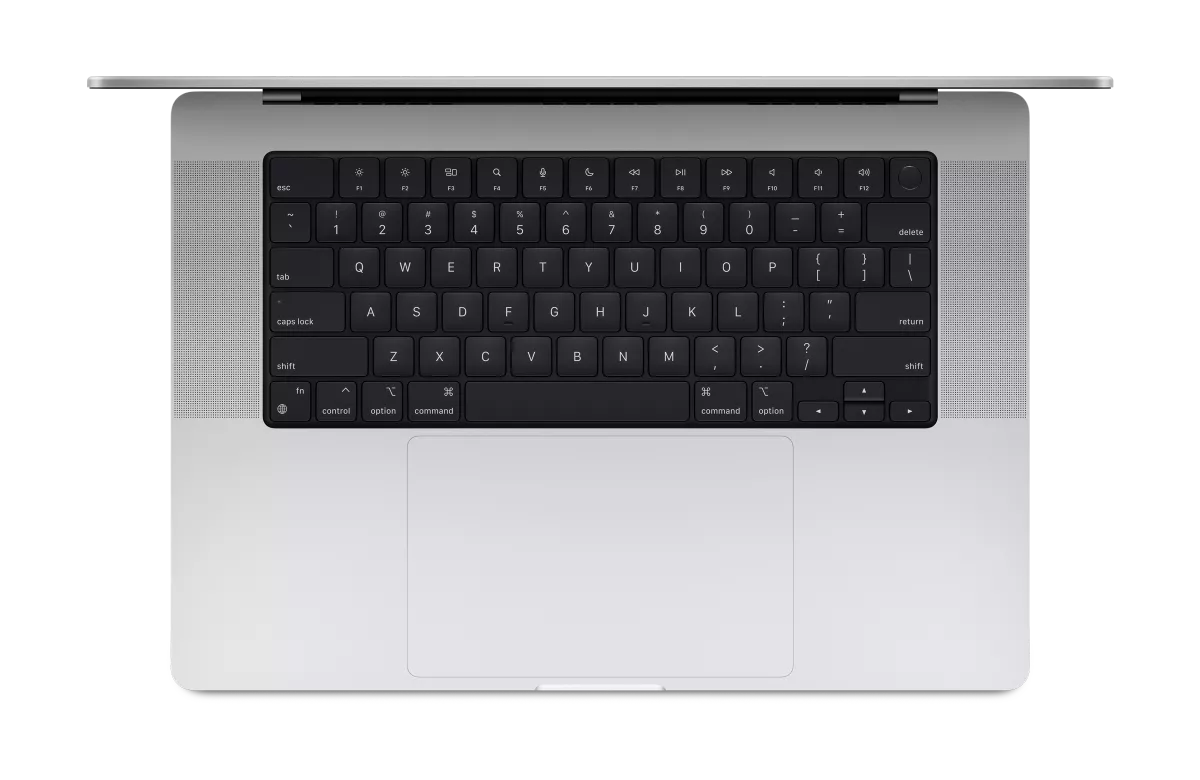
Apple's longstanding notebook, the MacBook Pro, is once again going through another iteration - and this time there are some major changes.
In true boasing style, "The new MacBook Pro simply has no equal and is by far the best pro notebook we've ever built," says Apple senior vice president of worldwide marketing, Greg Joswiak.
One of the main selling points this year is Apple's new M1 chips, the M1 Pro and M1 Max. But what's in a name? Quite a lot, actually. And forgive us, because we're about to get a little nerdy.
The M1 Pro is designed to speed up tasks like professional video editing and anything that requires a lot of processing power. The chip tops out with a 10-core CPU comprising eight high-performance cores and two high-efficiency cores. The CPU is what does the bulk of the processing work in a notebook. The GPU, on the other hand, has 16 cores, which can work up to 70% faster than the standard M1 chip (according to Apple). The M1 Pro also supports up to 32GB of memory and delivers 200GB/s of memory bandwidth.
The M1 Max chip basically takes the previous chip and ups the specs. It has the same CPU core but has double the GPU (32 cores), 400GB/s memory bandwidth and 64GB of memory.
According to Apple, video professionals can “edit up to 30 streams of 4K ProRes video or up to seven streams of 8K ProRes video in Final Cut Pro — more streams than on a 28-core Mac Pro with Afterburner. And for the first time on any Mac, video editors can grade colour in HDR on 8K ProRes 4444 video on battery when they're hours away from the edit bay.
But there's a lot more to a MacBook Pro than a couple of chips. This year's model includes a 1080p camera, Apple's Liquid Retina XDR display (the same display tech in the iPad Pro), a screen refresh rate of 120Hz, and larger displays in both the 16.2” and 14” models. With M1 Pro, users can now connect up to two Pro Display XDRs, and with M1 Max, users can connect up to three Pro Display XDRs and a 4K TV simultaneously.
The Magic Keyboard is set in a double-anodised black well. The Touch Bar has disappeared and physical function keys are back, including a larger Escape key.

Both models include three Thunderbolt 4 ports, an SDXC card slot, an HDMI port, a headphone jack, Wi-Fi 6 and BlueTooth 5.0, and compatibility with MagSafe 3.
The models also support fast charging (up to 50% charge in 30 minutes). On the 14” model battery can last up to 17 hours (Apple measures this in terms of video playback), while the 16” model can last up to 21 hours (again, using video playback as the odd choice of metric).
The 14-inch MacBook Pro model starts at NZ$3,399 ( NZ$3,139 for education). The 16-inch MacBook Pro model starts at NZ$4,299 (NZ$3,949 for education).